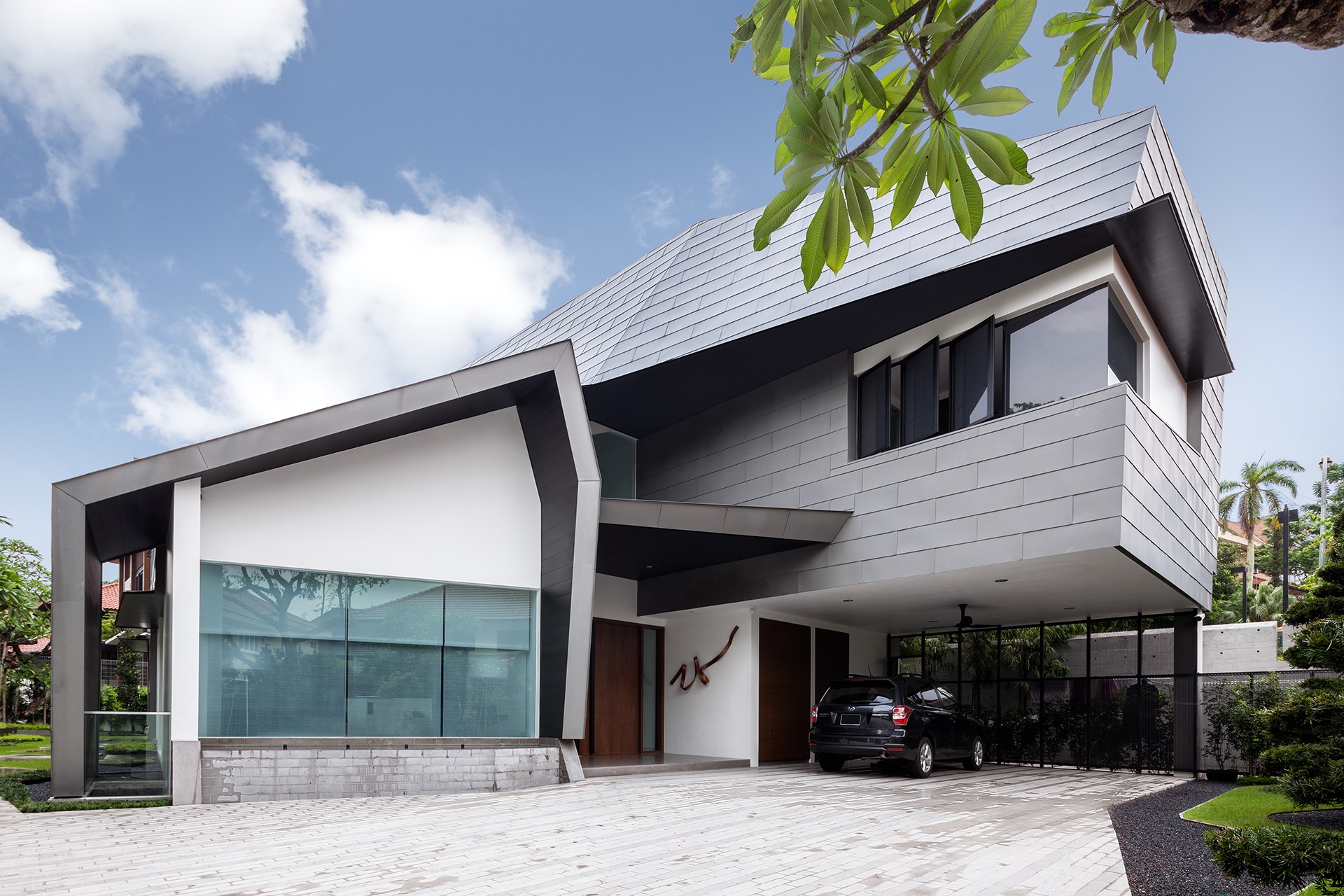Extreme weather phenomena such as rising temperatures, shifts in the rainy season and increased rainfall in Indonesia are increasing. These changes are the result of climate change, and society is feeling the impact. To ensure comfort in the midst of uncertain weather, the importance of an ideal roof design for tropical regions.
In tropical architecture, buildings often feature sloping roofs to shield from the sun and efficiently manage heavy rainfall. This design allows for ample ventilation, ensuring proper airflow.
Moreover, during the home planning process, materials must be chosen to suit the climate, providing better protection against the elements and ensuring the structural integrity of the building in extreme weather conditions such as heat and rain.
One frequently overlooks one element is the roof covering, even though it sits atop and is the part of the structure most affected by weather. To create a comfortable living space, it’s essential to understand the popular roof designs in Indonesia and which one is best suited for tropical regions:
1. Hip Roof
A hip roof is formed by the meeting of two sloping sides, creating a single flat ridge. This design is advantageous due to its straightforward and cost-effective installation.
2. Gable Roof
A gable roof consists of two sloping sides that form a triangle at the front and back. Gable roofs are more resistant to wind compared to hip roofs. However, their installation is more complex and typically more expensive.
3. Pyramid Roof
A pyramid-shaped roof resembles a pyramid, with all four sides sloping towards a single point at the top. Pyramid roofs are commonly used for smaller structures like pavilions, garages, warehouses, or standalone buildings. Compared to gable roofs, pyramid roofs are more wind-resistant due to their symmetrical structure.
All three roof forms are favored in tropical regions for their ability to efficiently drain rainwater, preventing undue stress on the roof and preventing leaks. A minimum pitch of thirty degrees is recommended for effective water drainage.
Another aspect to consider when choosing a roof design is the roofing material. Understanding which roofing material is suitable for tropical climates is crucial. In regions with heavy rainfall and intense sunlight, ceramic roof tiles are often considered the best choice due to their many advantages:
1. Durability and Longevity
Ceramic roof tiles are crafted from clay and coated with glaze, then subjected to high-temperature firing, reaching up to 1,100 degrees Celsius. This manufacturing process results in a sturdy, non-cracking, and leak-resistant roofing material that can withstand extreme weather conditions.
2. Water Resistance
Ceramic tiles have low water absorption rates due to their high-density body. This reduces the risk of leaks and moisture retention on the roof.
3. Fire and Heat Resistance
Ceramic roof tiles are highly resistant to fire and heat. They do not easily catch fire, making them a safe choice for homes in tropical regions with high temperatures and potential wildfire risks.
4. Low Maintenance
With their non-porous surface, ceramic tiles do not require frequent maintenance. They do not crack, fade, or deteriorate quickly, ensuring long-lasting roof protection.
5. Aesthetic Appeal
Ceramic tiles come in a variety of colors, shapes, and textures, allowing homeowners to choose a style that complements their architectural preferences and enhances the overall look of their home.
In conclusion, the architecture of a building can significantly impact its comfort and resilience in tropical regions. By selecting an appropriate roof design and roofing material, homeowners can ensure a comfortable living space that withstands the challenges of unpredictable weather, especially in regions prone to heavy rainfall and intense sunlight. Follow us for more info about Ideal Roof Design for Tropical Regions.
